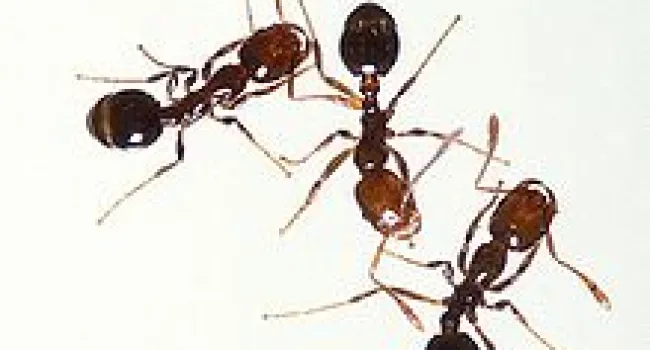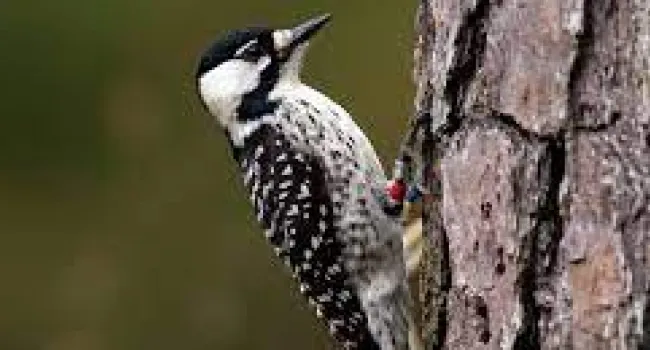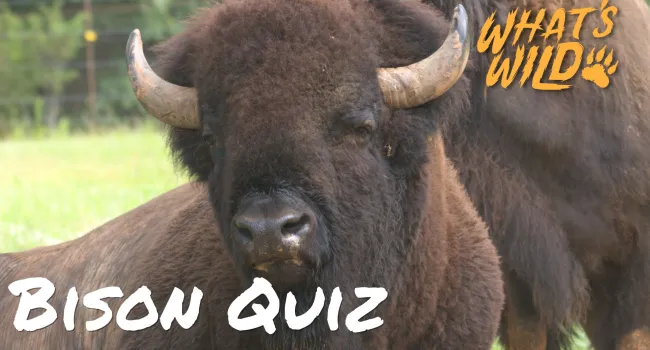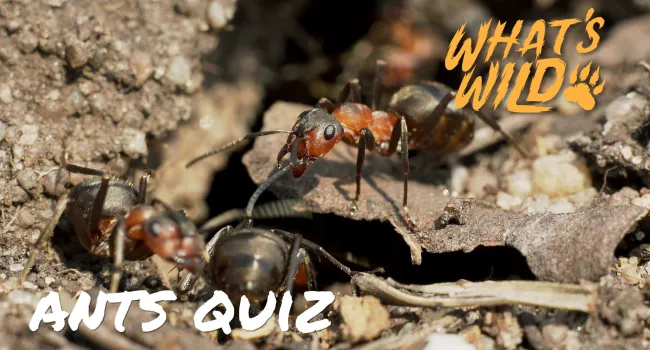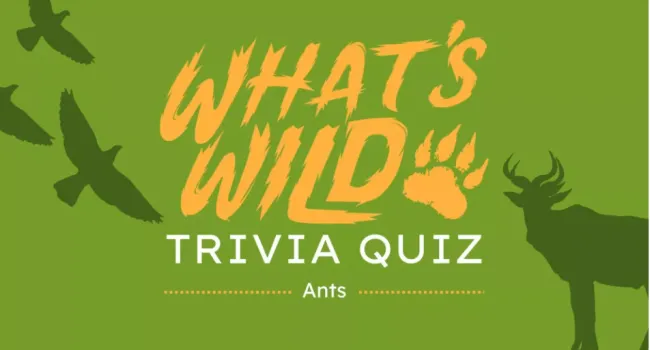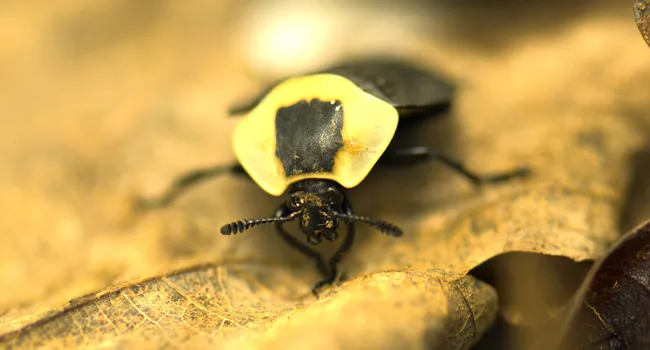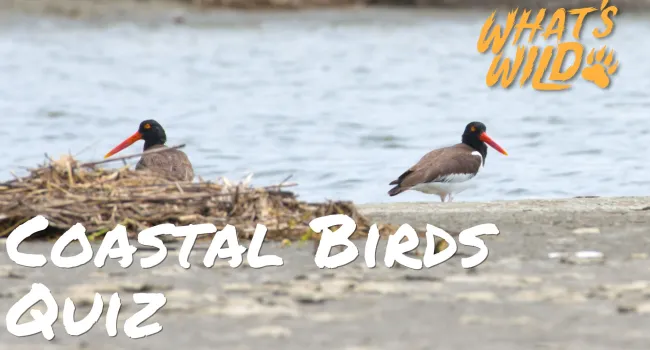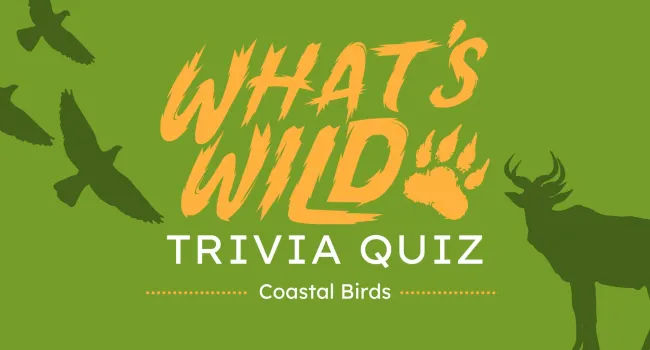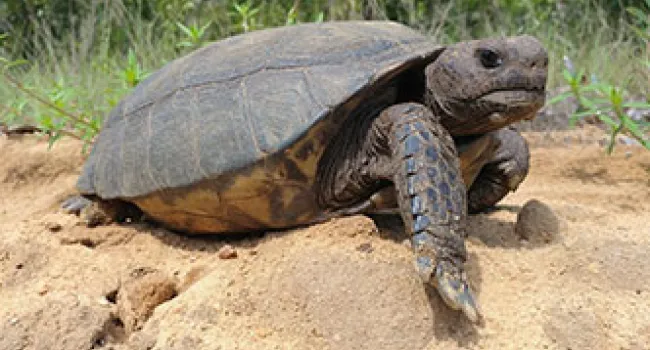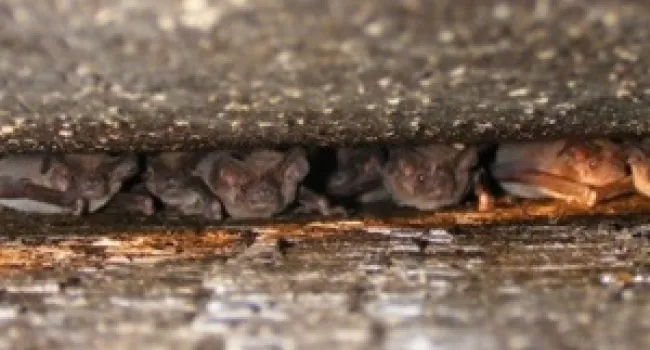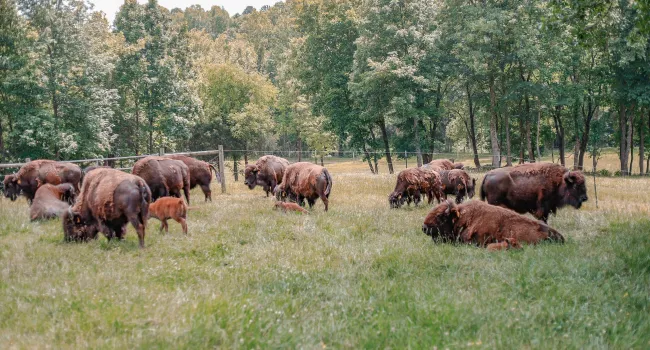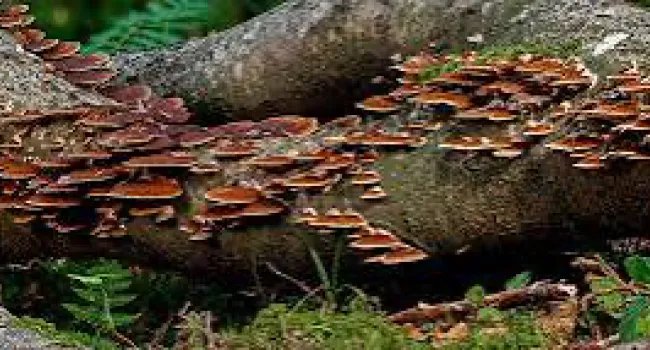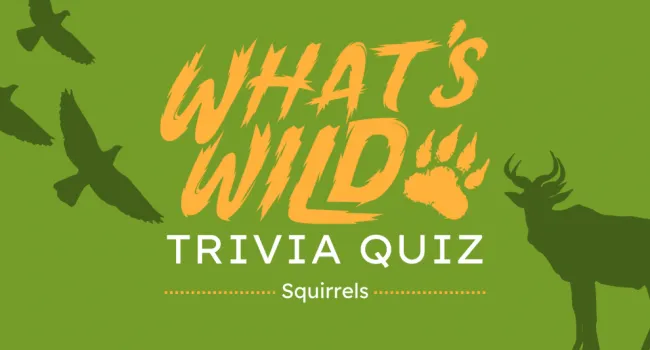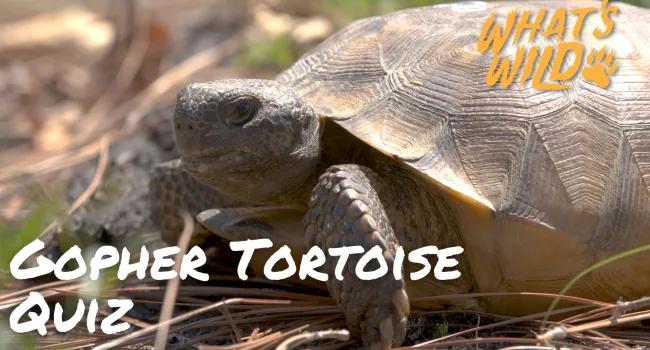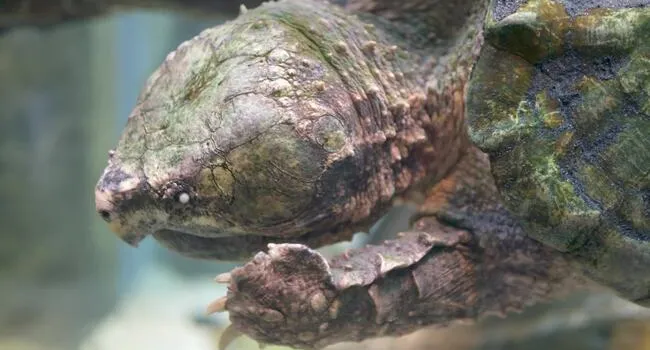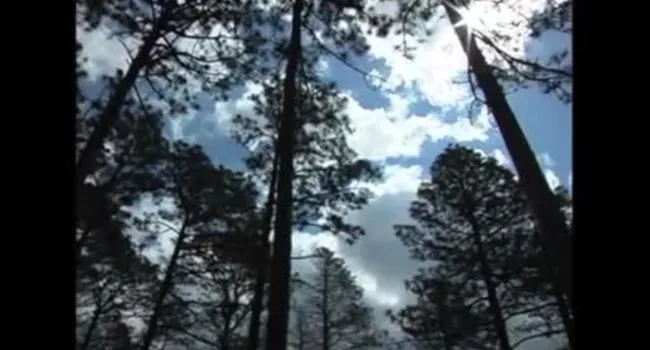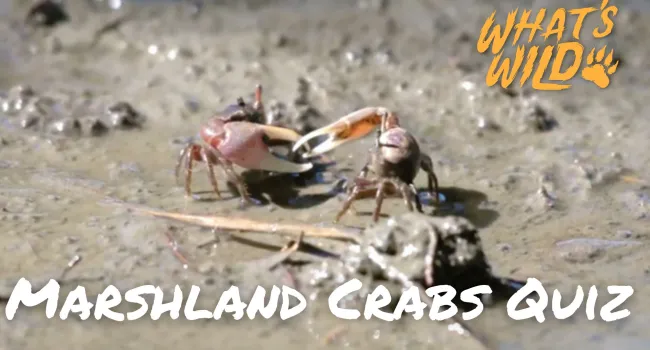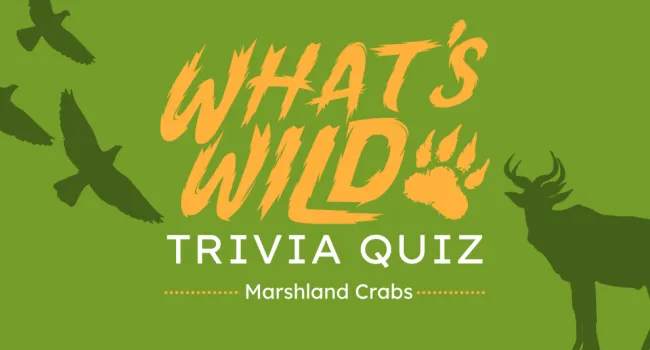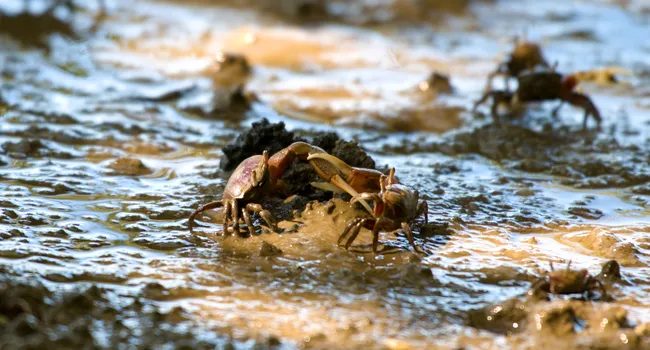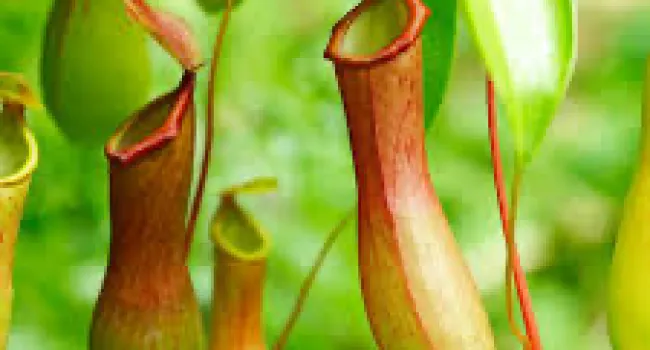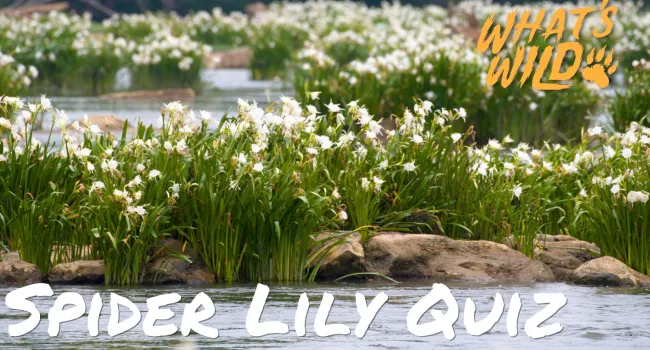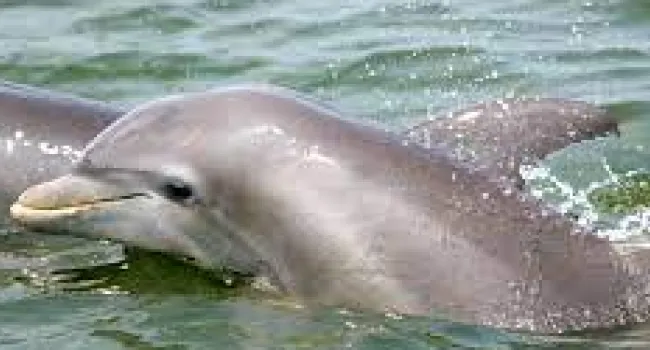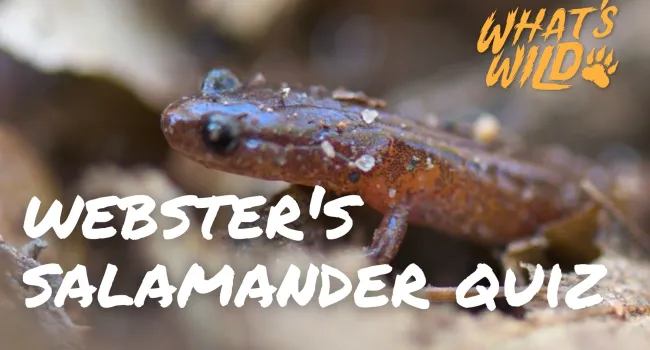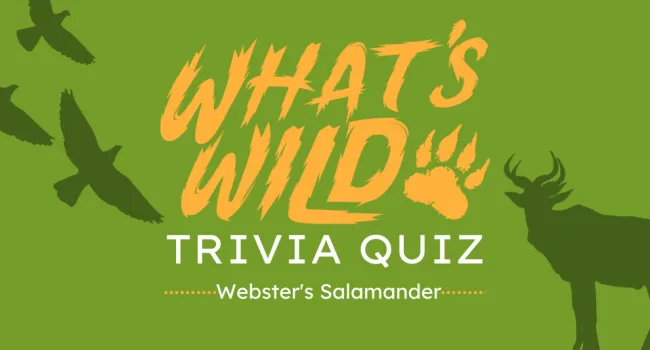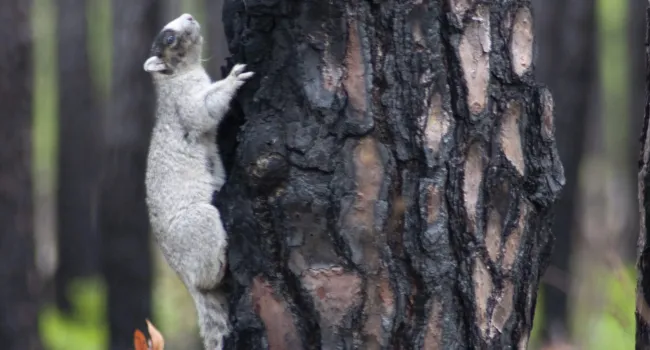In our first episode of What’s Wild, we’re traveling to the Sandhills and checking out the Red Cockaded Woodpecker! Let’s see how this threatened bird species adapts to life in this unique ecosystem and learn what wildlife management is doing to protect them.
Standards
- 1-LS1-1 Use materials to design a solution to a human problem by mimicking how plants and/or animals use their external parts to help them survive, grow, and meet their needs.
- 3-LS2-1 Construct an argument that some animals form groups that help members survive.
- 3-LS3-2 Use evidence to support the explanation that traits can be influenced by the environment.
- 3-LS4-2. Use evidence to construct an explanation for how the variations in traits among individuals of the same species may provide advantages in surviving and producing offspring.
- 3-LS4-3. Construct an argument with evidence that in a particular habitat some organisms can thrive, struggle to survive, or fail to survive.
- 3-LS4-4. Make a claim about the effectiveness of a solution to a problem caused when the environment changes and affects organisms living there.
- 4-LS1-1. Construct an argument that plants and animals have internal and external structures that function together in a system to support survival, growth, behavior, and reproduction.
- 7-LS2-2 Construct an explanation that predicts patterns of interactions among organisms across multiple ecosystems.
- 7-LS2-3. Develop a model to describe the cycling of matter and flow of energy among living and nonliving parts of an ecosystem.
- 7-LS2-1. Analyze and interpret data to provide evidence for the effects of resource availability on organisms and populations of organisms in an ecosystem
- 8-LS4-4 Construct an explanation based on evidence that describes how genetic variations of traits in a population increase some individuals probability of surviving and reproducing in a specific environment
- 8-LS4-6 Use mathematical representations to support explanations of how natural selection may lead to increases and decreases of specific traits in populations over time.
- B-LS2-1. Use mathematical and/or computational representations to support explanations of biotic and abiotic factors that affect carrying capacity of ecosystems at different scales.
- B-LS2-7 Design, evaluate, and refine a solution for reducing the impacts of human activities on biodiversity and ecosystem health.
- B-LS4-4. Construct an explanation based on evidence for how natural selection leads to adaptation of populations
- B-LS4-5 Evaluate the evidence supporting claims that changes in environmental conditions may result in (1) increases in the number of individuals of some species, (2) the emergence of new species over time, and (3) the extinction of other species.
Resources
You need to be logged in to listen to view this content. Create an account now; it's quick, easy, and free!
Log In to View